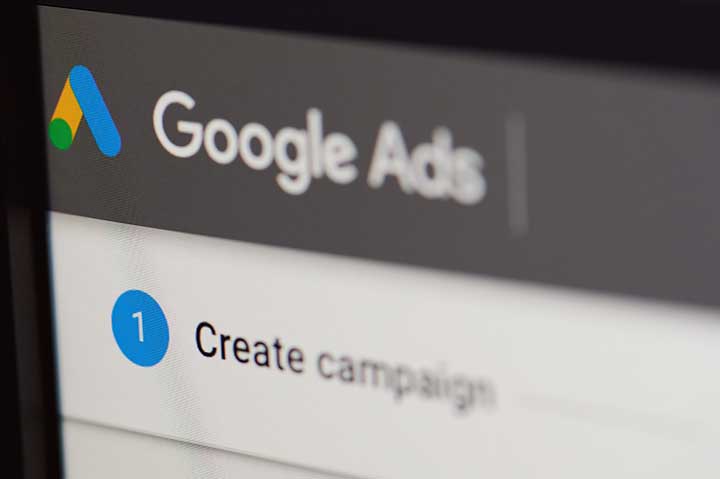Defining your ideal client leads to better engagements and ultimately more business, the kind of business you want. Find out the potential costs of saying yes to all prospective clients.
Why Define Your Ideal Client
When starting out many new small businesses will take on any client that comes knocking, and many business owners will do whatever it takes to get their business, including negotiate rates. While it is essential to keep your business afloat during the early days, taking on any and every client can also cause long term problems that will start decaying the foundation of your business.
It’s extremely important to identify your ideal client and do your best to collect clients as close to that as possible. This ties in closely with persona and anti persona development. Define your most desirable client, one that understands the value of your offering and is deserving of your businesses time and attention.
Ideal Clients Recognize the Value of your Service/Offering
Accept clients who recognize the value your business provides and have specific and measurable goals. Being in a constant battle to defend your strategies, being misaligned with goals, and a lack of trust in your relationship are a recipe for disaster. These situations often lead to a bad ending leaving the client and the business with a bad taste in their mouth. This unhappy rather than delighted client can insinuate into work life balance issues, and even jeopardize future business.
Clients that are unwilling to pay your posted rates and pay on time are not a good fit either. These clients suck up bandwidth, and lock you into accepting less than your standard rate, potentially taking the place of a client who recognizes the value of your service and is willing to make the required investment. It erodes the foundation of your business by eating away at your bottom line (profit margin).
Set Expectations at the Beginning of the Relationship
Making sure your client understands and adheres to your SLA or service level agreement is paramount. You don’t really want clients that are putting you and your staff through unnecessary fire drills at all hours of the day or night or mistreat your staff. This again erodes at the foundation of your business as it upsets work life balance for you and your team, and could cause costly attrition among your team. This type of behavior from clients also takes away from meeting your other clients’ needs creating even more problems. Despite your best efforts to provide a high level of service often the anti-client perceives that they are unhappy because you didn’t react to their fire drill, or respond to an email at light speed, again jeopardizing future business from bad reviews or word of mouth.
Evaluate the Clients Ability to Deliver Necessary Resources on Time
Clients that cannot be counted on to hold up their end of the bargain when it comes to collaboration or providing resources needed in a timely manner. This isn’t good for any relationship as it will throw off internal processes and taint expected results and timeframes.
Saying no
Saying no to prospects that are not a good fit has many long term rewards including:
- Keep your reputation in tact.
- Keep your businesses finances running at an optimal level by only accepting posted rates.
- Keep your clients delighted and reap the rewards of a continuous cycle of referrals.
- Keep up your desired ratio of work life balance for you and your team.
It's too late!
If you are a small business owner that has already fallen into this trap which can turn into a vicious cycle of negativity, think about ways to solve for this moving forward. Look at your ideal clients and compare them to your difficult clients. Find ways to weed them out in the future. Sometimes you can find a common theme among your difficult clients. Maybe it’s a lack of communication skills, clear goals, or someone who flies off the handle. At times you may have to rely on your gut. If during your exploration calls, you are getting signs that a prospect might exhibit any of your anti-persona behaviors, bow out gracefully by telling them it’s not a good fit, their budget doesn’t align with what is needed to get the desired results, or that you don’t think your company has bandwidth to meet their needs at this time.
As business owners and entrepreneurs we’ve all been there. We all have to start somewhere. If you find yourself saying yes to less than ideal clients, be sure to set specific and measurable goals and have an SLA in play. But even as you are starting out and times are lean remember the potential costs of saying yes and prospect with care.
















